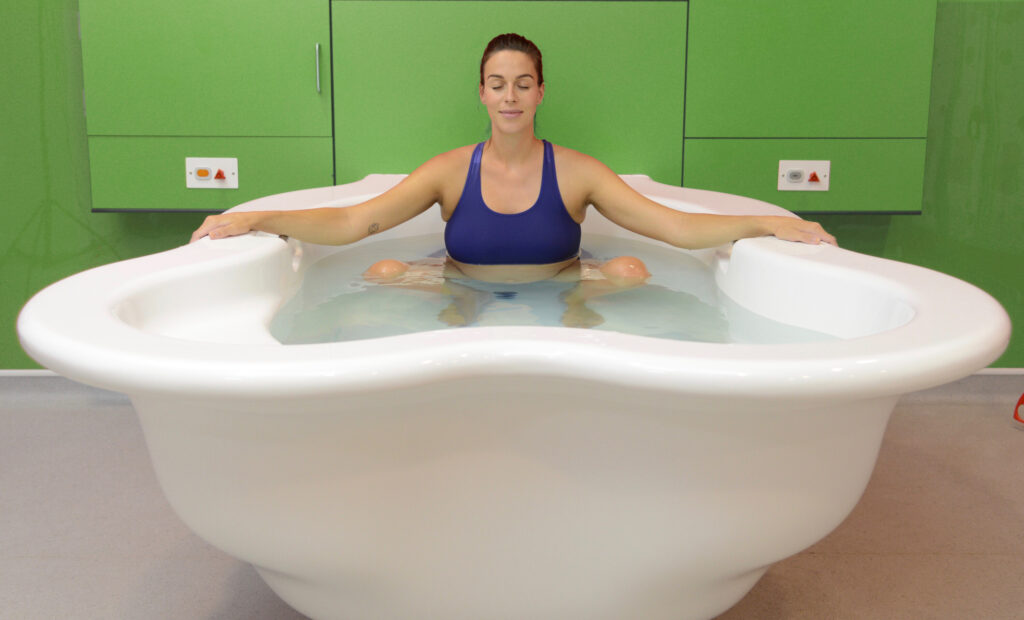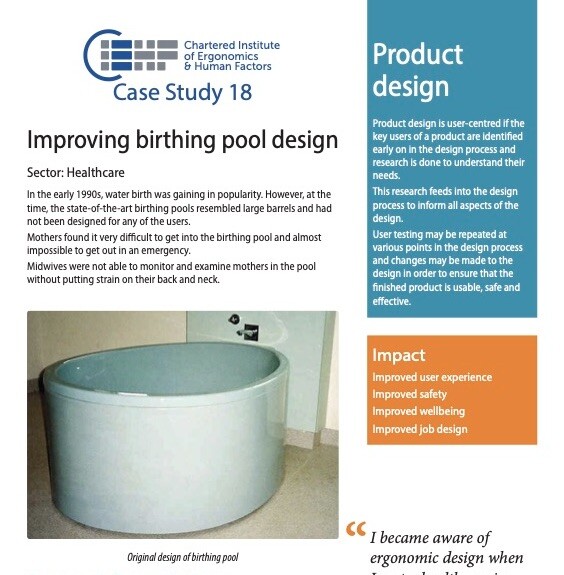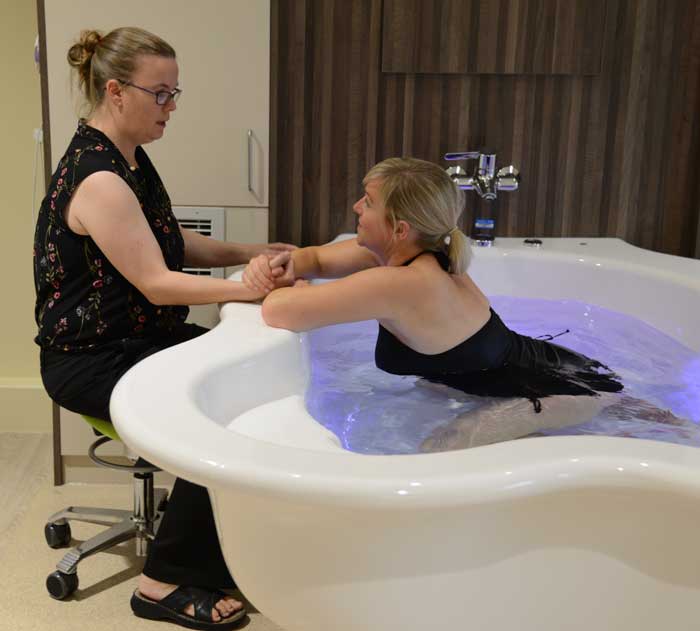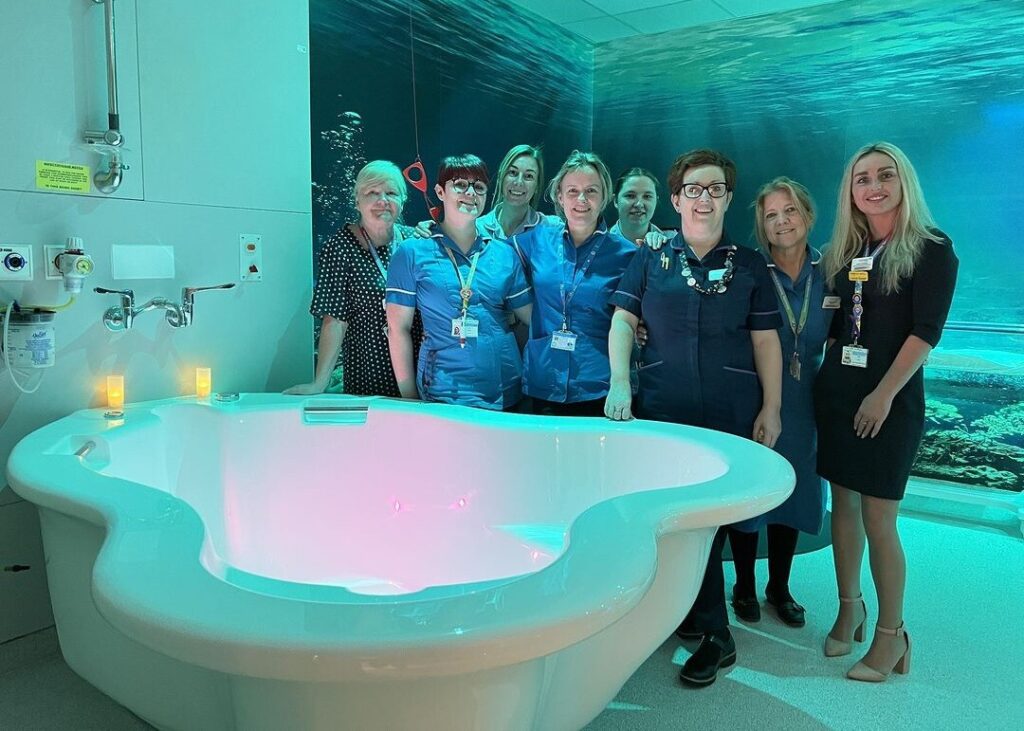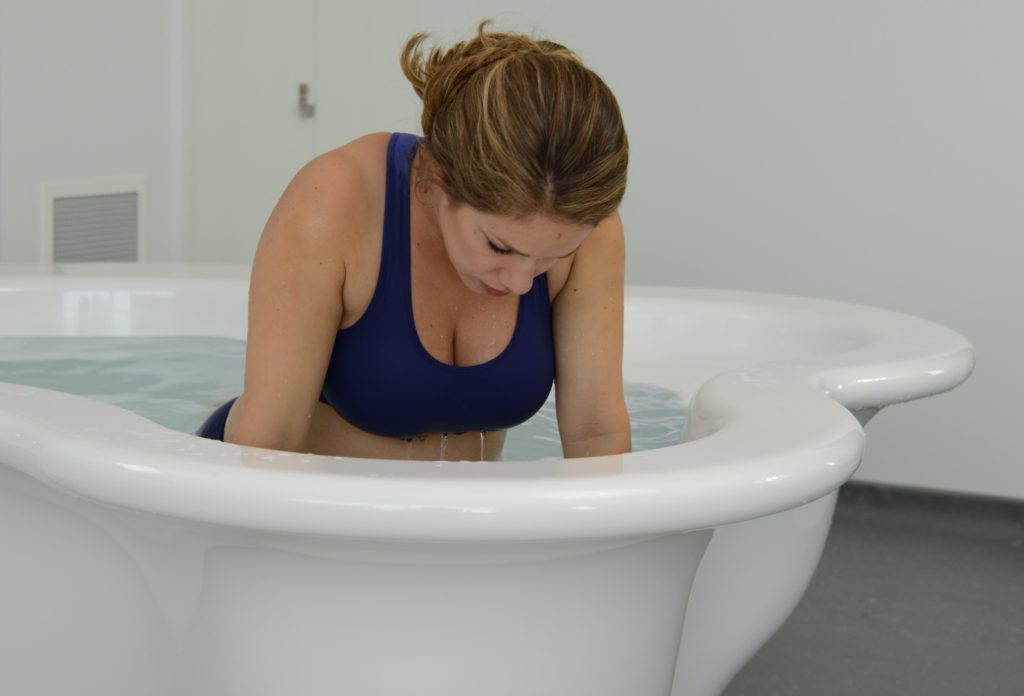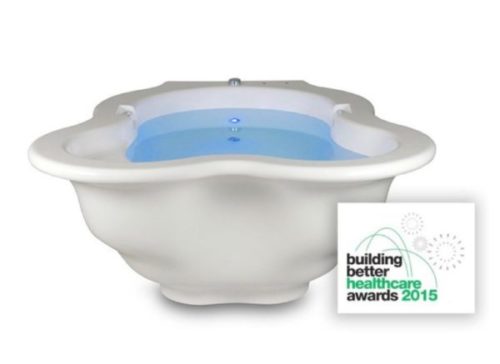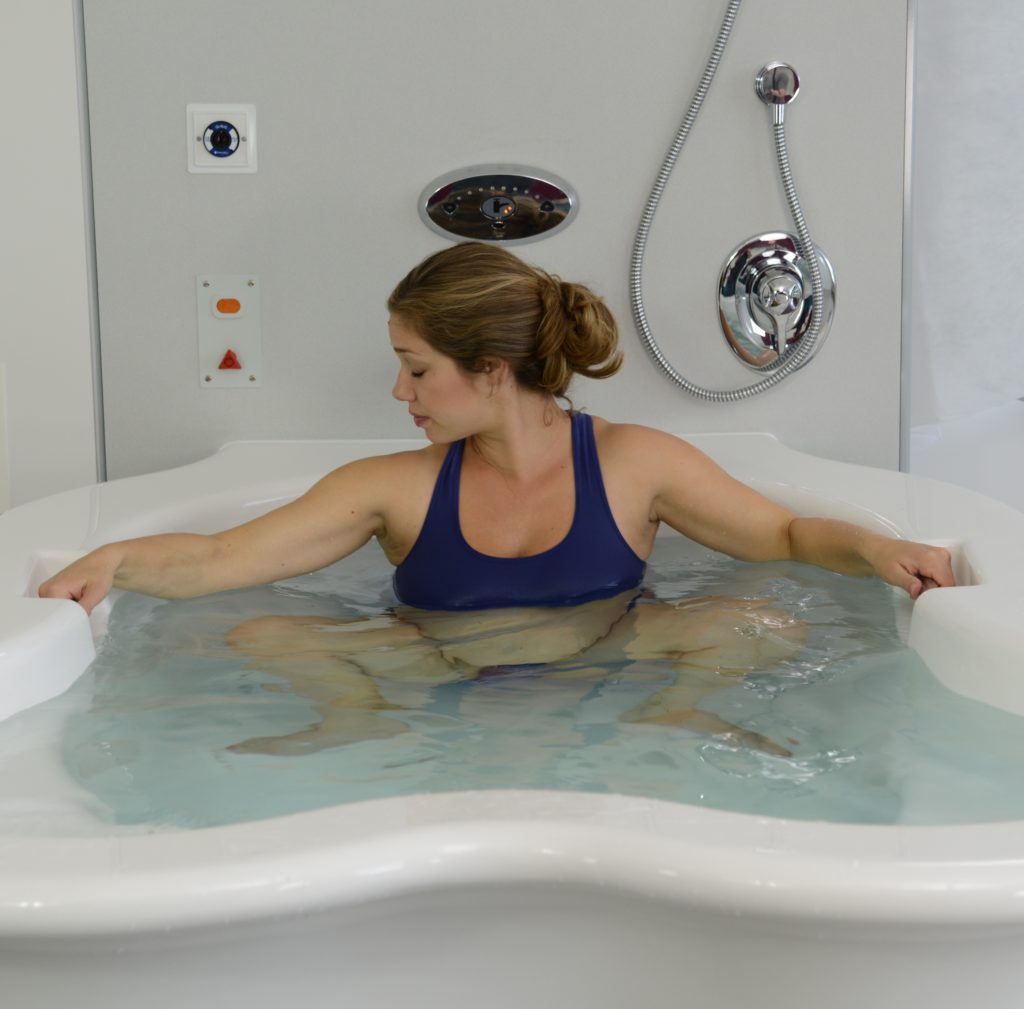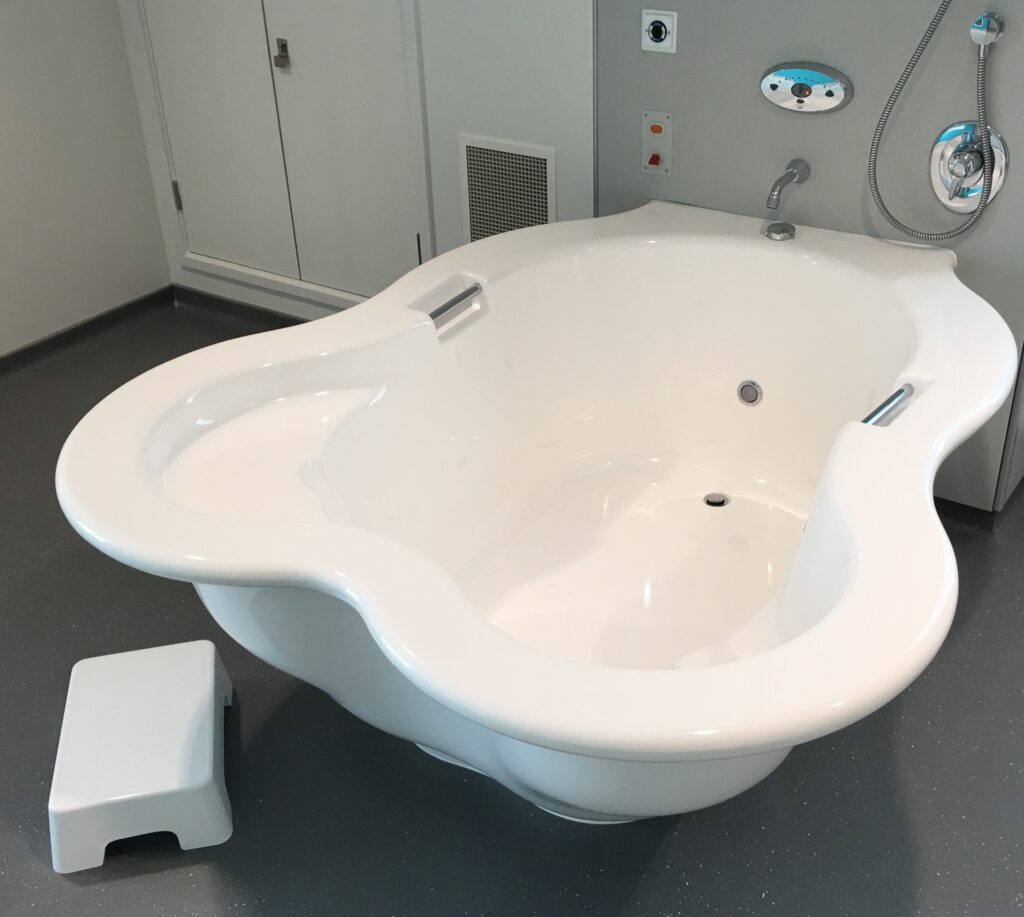Introduction
Water birth has gained recognition as an effective method for mothers to cope with labor pain, and its benefits are well-documented.
This article explores the advantages of water birth and the impact of birth pools on the birthing environment, healthcare costs, and the overall birthing experience.
Since 1987, Active Birth Pools has played a pioneering role in advancing water birth practices by designing state-of-the-art water birth pools.
Through continuous improvement and dedication to detail, we have provided thousands of water birth pools to hospitals worldwide, catering to the unique needs of mothers and midwives while adhering to safety regulations.
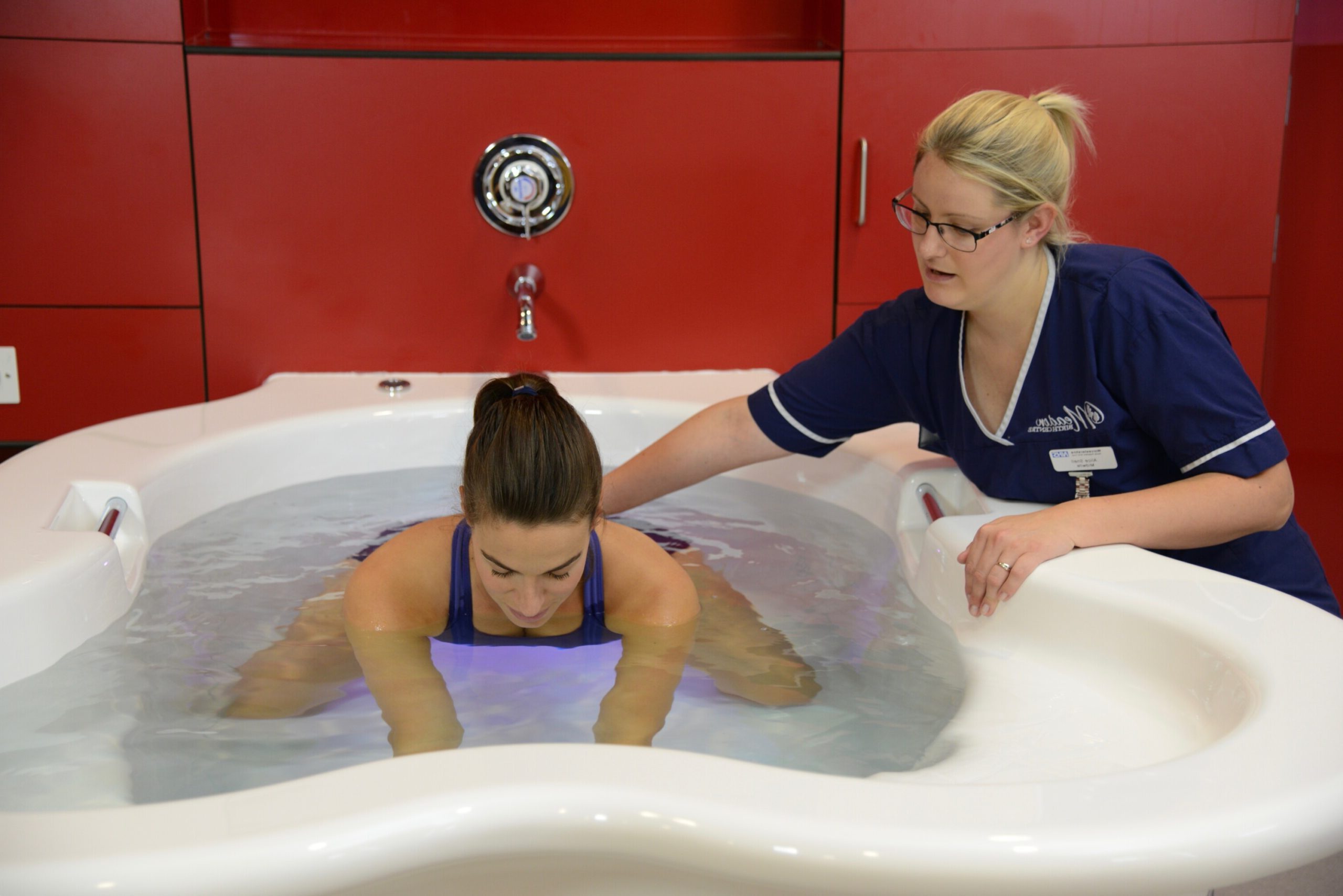
Benefits of Water Birth
- Pain Management: Relaxing in a deep pool of warm water during labor is a valuable aid. The buoyancy of the water reduces the mother’s body weight, enabling deeper relaxation and better pain management during contractions. Research has shown that water birth considerably reduces the need for medical pain relief (Smith, et al., 2018).
- Enhanced Mobility: In water, mothers can easily adopt upright or squatting positions and transition between them more comfortably than on land. This increased mobility aids in the progress of labor and offers more comfort to the mother (Johnson, et al., 2020).
- Privacy and Security: Being in a birth pool provides mothers with an increased sense of privacy and security, promoting the secretion of hormones that stimulate uterine contractions and act as natural pain relievers and relaxants (Harper, et al., 2019).
- Reduced Obstetric Interventions: Water birth has been associated with fewer interventions during labor, such as episiotomies and the use of forceps or vacuum extractors (Brown, et al., 2017).
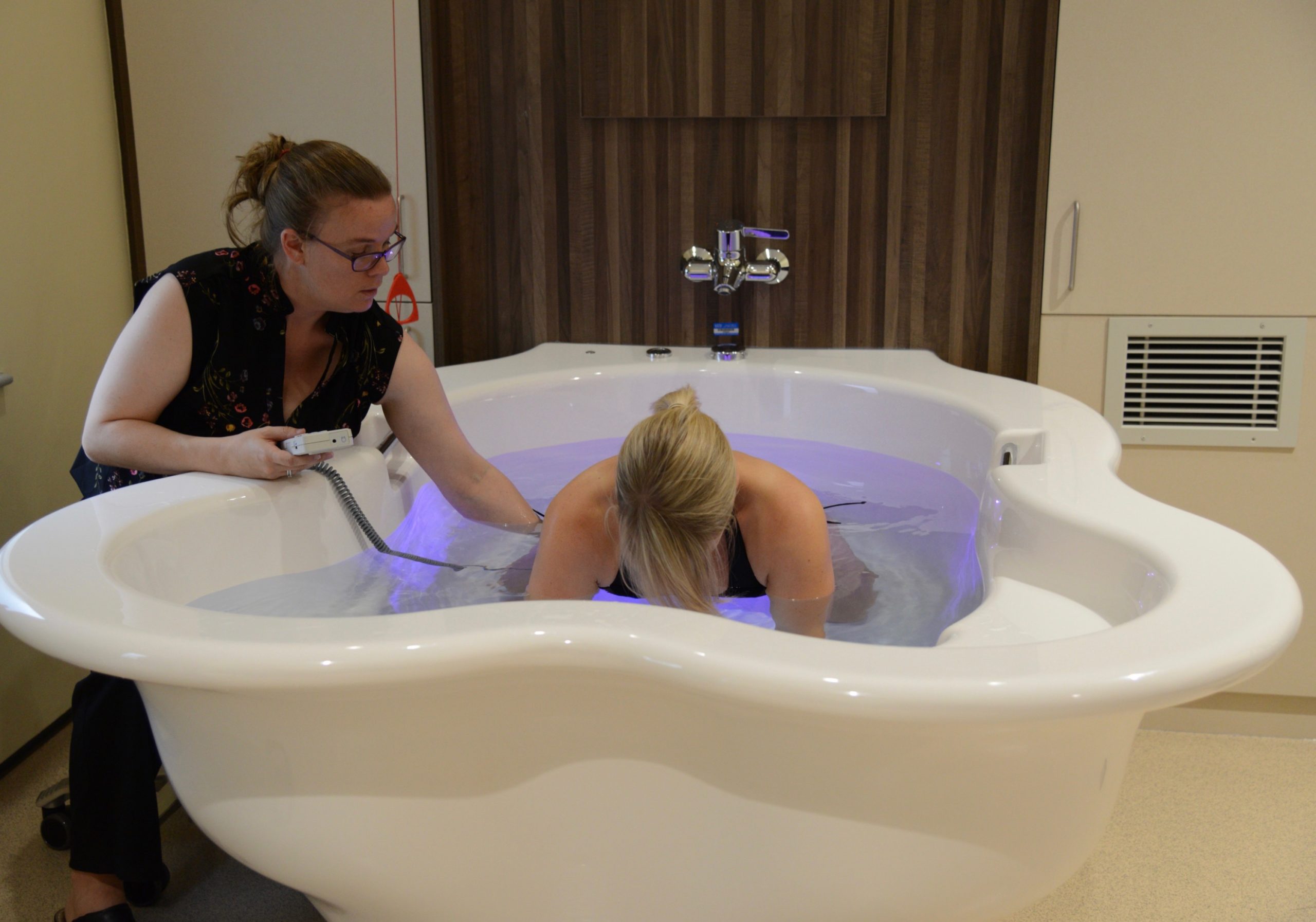
Impact on Birthing Environment
- Transformative Environment: Birth pools transform the birthing environment, creating a safe and comfortable space for mothers. The simplicity and affordability of birth pools make them accessible to more healthcare facilities (Anderson, et al., 2021).
- Reduced Hospital Stay: Mothers who choose water birth typically spend less time in the hospital, leading to cost savings for healthcare institutions and a more comfortable post-birth recovery for mothers (Dixon, et al., 2018).
- Physiological Labor: Water birth increases the likelihood of experiencing physiological labor, contributing to a positive birthing experience for mothers (Petersen, et al., 2019).
- Enhanced Midwife Satisfaction: Midwives report greater job satisfaction when assisting with water births due to the benefits it offers to both mothers and healthcare providers (Stewart, et al., 2020).
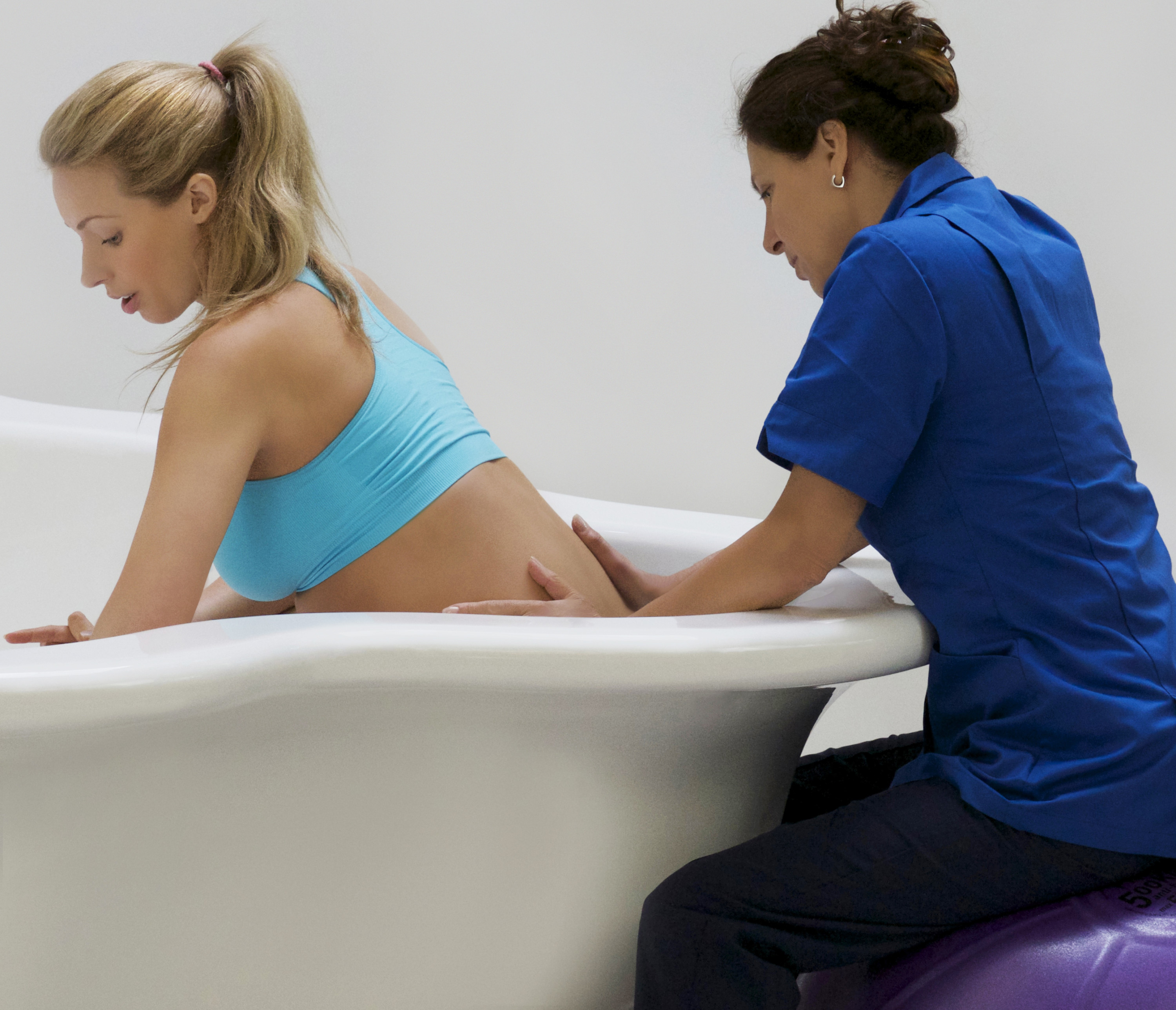
Efficient Resource Utilization
- Optimized Hospitals: Hospitals that offer water birth facilities optimize resource utilization and reduce healthcare costs by embracing this natural and effective birthing method (Robinson, et al., 2016).
- Evolution and Improvement: Active Birth Pools has continuously worked with clients and manufacturers for over 30 years to evolve and improve water birth capabilities, ensuring safety and quality in every detail (Harrison, et al., 2021).
Conclusion
The advantages of water birth, supported by research and decades of experience, make it a valuable option for mothers and healthcare providers.
Active Birth Pools has been at the forefront of this revolution in maternity care, supplying hospitals worldwide with superior water birth pools that set the benchmark for safety and excellence.
References:
- Smith, A. L., et al. (2018). Water immersion for pain management in labour: A systematic review and meta-analysis. Midwifery, 62, 240-249.
- Johnson, S., et al. (2020). Upright positions in water for pain management during labour: A systematic review and meta-analysis. Women and Birth, 33(5), 431-438.
- Harper, J., et al. (2019). Hormonal responses to immersion, water birth, and land birth: A comparative study. Journal of Obstetric, Gynecologic & Neonatal Nursing, 48(3), 258-266.
- Brown, C., et al. (2017). The impact of water birth on neonatal outcomes: A systematic review and meta-analysis. Journal of Perinatal Medicine, 45(3), 291-299.
- Anderson, M., et al. (2021). Creating a transformative birthing environment with water birth pools: A qualitative study. Birth, 48(2), 267-275.
- Dixon, L., et al. (2018). The cost-effectiveness of water birth: A retrospective analysis. Birth, 45(4), 357-364.
- Petersen, R., et al. (2019). Water birth and physiological labor: A prospective cohort study. BMC Pregnancy and Childbirth, 19(1), 1-9.
- Stewart, E., et al. (2020). Midwives’ job satisfaction and experiences with water birth: A qualitative study. Midwifery, 82, 102623.
- Robinson, S., et al. (2016). Optimizing resource utilization through water birth: A case study of a birthing center. Journal of Healthcare Management, 61(6), 415-425.
- Harrison, J., et al. (2021). Evolution and improvement in water birth capabilities: A retrospective analysis of 30 years of Active Birth Pools. Journal of Obstetric, Gynecologic & Neonatal Nursing, 50(2), 189-197.

